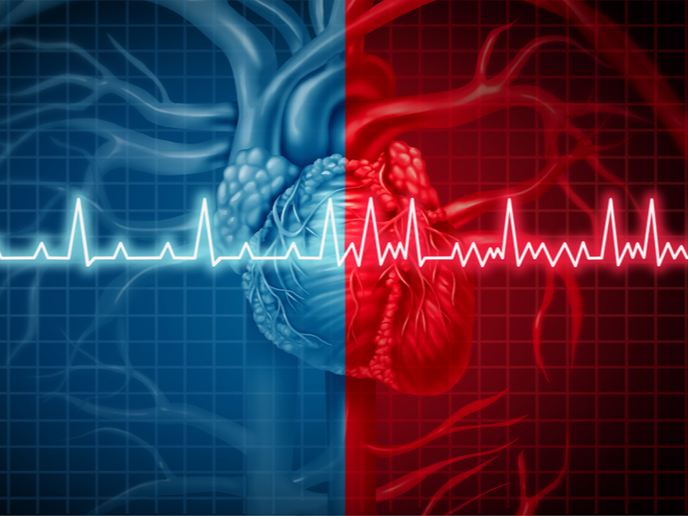Obese children could benefit from advanced blood flow monitoring
Childhood obesity is considered one of the major challenges of our times. In Europe alone, according to the EU Policy Action Plan (2014-2020), 33 % of 6-9-year-olds were obese or overweight in 2010, an 8 % rise in only 2 years. Obese children are more likely to become obese adults, increasing their risk of a range of chronic non-communicable diseases and premature death. They suffer more than normal-weight children from high levels of blood cholesterol and early signs of cardiovascular diseases (CVDs). Haemodynamics, intimately connected with CVD, is thought to be negatively impacted by obesity. The CALLIRHEO project, undertaken with the support of the Marie Skłodowska-Curie Actions (MSCA), used multiscan, continuous 3D data to create, for the first time, highly precise models of entire patient-specific arterial vasculature, from the aortic root down to the smaller arteries of the arm. This will enable researchers to investigate the relationship between blood flow and markers for flow-related disease. The project also acquired patient-specific phase contrast MRI data from normal and obese patients, which provided measurements of blood flow velocity. Combining this data with several computational fluid dynamics (CFD) methods, resulted in personalised, multiscale models which can be useful for clinical practices. “This is the first time that research has looked at childhood obesity from a haemodynamics perspective using advanced CFD,” says Asimina Kazakidi, MSCA research fellow. “The scientific impact of CALLIRHEO is likely to be very high, for both the numerical modelling and biomedical engineering fields.”
The importance of haemodynamics
Haemodynamics is considered to be the underlying mechanism responsible for early atherosclerotic lesion formation, where an artery narrows due to the build-up of plaques made up of fat, cholesterol and calcium. These build-ups damage arterial walls, compromising their functions. This is one of the early indications of most CVDs. CFD methods were used by CALLIRHEO because they uniquely enabled patient-specific simulations of the complex networks of arteries for the analysis of obesity-induced vascular changes. “CFD is an attractive method because it can quantify variables that are hard to measure in people or cell cultures. This kind of numerical modelling is now well accepted for predictive treatment and surgical planning as it visualises possible outcomes and improves decision-making,” explains Kazakidi. To test their approach, the team looked at around 20 patient-specific datasets from Queen Elizabeth University Hospital in Glasgow, Scotland. These tests indicated a strong relationship between blood flow behaviour and flow-related disease markers. The results have been presented at several national and international conferences and in journal papers.
Reducing cardiovascular disease
While obesity can be characterised as a dietary disease caused by the high intake of calories and fat, the underlying causes are multifactorial, involving a mix of environmental, cultural and lifestyle choices. Through public engagement opportunities, such as visits to primary schools and science centres, the project increased awareness amongst children and adults about the health implications of obesity, including the increased risk of CVD. “This research could have a significant social impact in better understanding obesity-induced vascular changes in children, and for the healthcare industry and medical science in advancing novel methodologies,” notes Kazakidi. The project team are now in the process of setting up collaborations with Canadian and British universities for access to a larger number of patient-specific datasets. This will enable them to further confirm the veracity of the model and expand the analysis to different sex, age and BMI groups.
Keywords
CALLIRHEO, childhood obesity, cardiovascular disease, computational fluid dynamics, vascular, haemodynamics, cholesterol, artery, models







